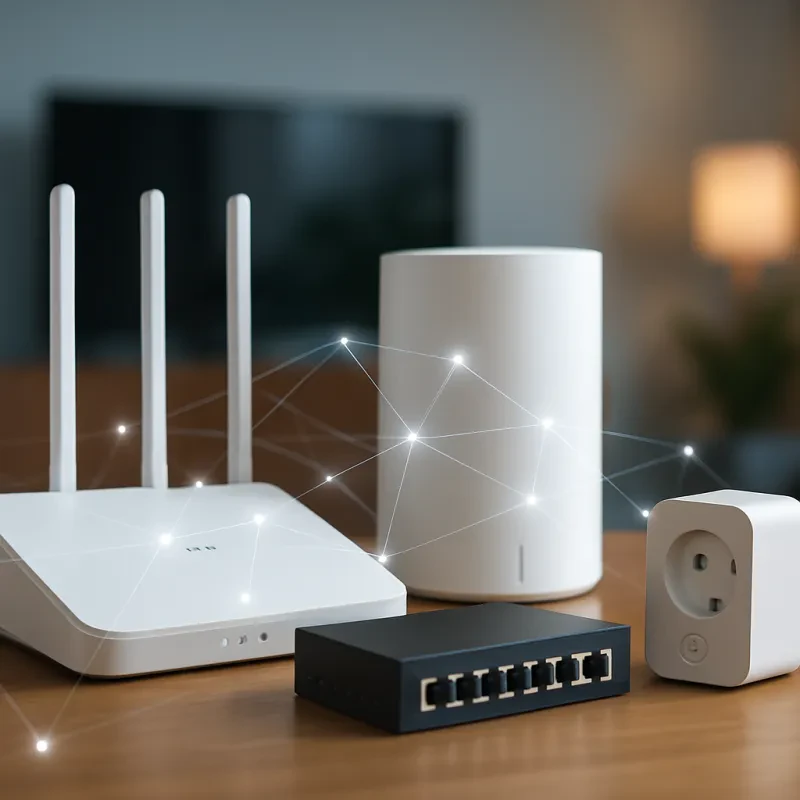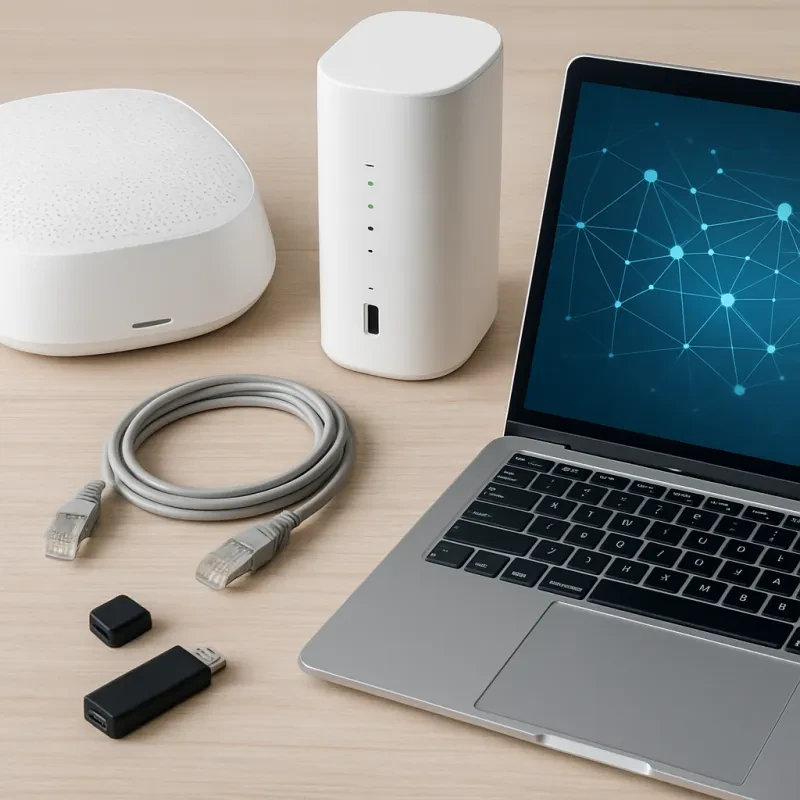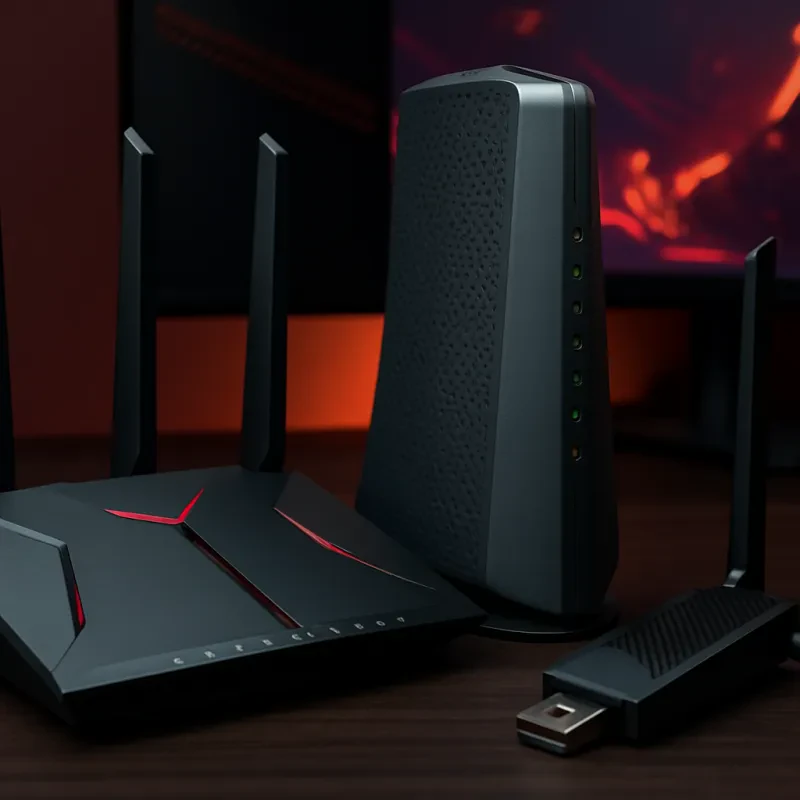In today's fast-paced digital world, having a reliable and high-speed internet connection is essential for both home and office setups. Gone are the days of slow loading times and constant buffering – with advanced routers, you can enhance your connectivity and streamline your online experience.
One popular solution for high-speed internet connections is the use of fiber-optic routers. These routers use fiber-optic cables to transmit data at lightning-fast speeds, providing a stable and reliable internet connection for all your browsing needs. With fiber-optic technology, you can say goodbye to laggy video calls and sluggish downloads, allowing you to work and play with ease.
Another option for boosting your internet speed is through the use of mesh routers. Mesh routers work by spreading your Wi-Fi signal evenly throughout your home or office, eliminating dead zones and providing a strong and stable connection no matter where you are. With multiple access points working together seamlessly, you can enjoy uninterrupted internet access for all your devices.
For those looking for a more budget-friendly option, traditional wireless routers can still provide a decent internet connection. By ensuring that your router is placed in a central location and that it is updated regularly, you can optimize your internet speed and improve your overall connectivity. With the right setup and maintenance, even a basic router can deliver a fast and reliable internet experience for all your browsing needs.
Setting Up Your New Router Easily
Setting up a new router may seem like a daunting task, but with the right guidance, it can be a breeze. To start, unpack your new router and power it on by plugging it into an electrical outlet. Connect the router to your modem using an Ethernet cable, and then connect your computer or laptop to the router using another Ethernet cable.
Once you are physically set up, access the router's web interface by entering the default IP address into your web browser. This IP address is typically found on a sticker on the router itself or in the instruction manual. Once you access the web interface, you will need to log in using the default username and password, which can also be found on the router or in the manual.
After logging in, you can customize your network settings, such as the SSID (network name) and password. It is important to choose a strong password to secure your network. You can also set up any additional features your router may offer, such as parental controls or guest networks. Once you have saved your settings, your new router is ready to use, and you can enjoy enhanced connectivity in your home or office.
Top Features of Advanced Routers
Another key feature of advanced routers is Quality of Service (QoS) capabilities, which prioritize traffic to ensure that important applications, such as video streaming or online gaming, receive the necessary bandwidth for optimal performance. QoS settings can be customized to meet specific needs, providing a seamless and reliable internet experience for users.
Advanced routers also come equipped with advanced security features, such as built-in firewalls, encryption protocols, and guest network capabilities. These security measures help to protect sensitive information and prevent unauthorized access, ensuring a secure online environment for all users. Additionally, advanced routers often include parental controls, allowing parents to monitor and restrict their children's internet usage for added peace of mind.
Troubleshooting Common Router Issues
Having trouble with your router? Don't worry, you're not alone! Here are some common router issues and how you can troubleshoot them:
1. Slow Internet Speed: If you're experiencing slow internet speed, the first thing to check is your internet connection. Make sure your modem is properly connected and that there are no loose cables. You can also try resetting your router to see if that improves the speed. If all else fails, contact your internet service provider for assistance.
2. Network Connectivity Issues: If you're having trouble connecting to your network, try restarting your router. Sometimes a simple reboot can solve connectivity issues. You can also check to make sure your devices are within range of the router and that there are no physical obstructions blocking the signal.
3. Wireless Signal Interference: If you're experiencing dropped connections or weak signal strength, there may be interference from other electronic devices. Try moving your router to a different location away from appliances like microwaves or cordless phones. You can also change the channel on your router to reduce interference from neighboring networks.


